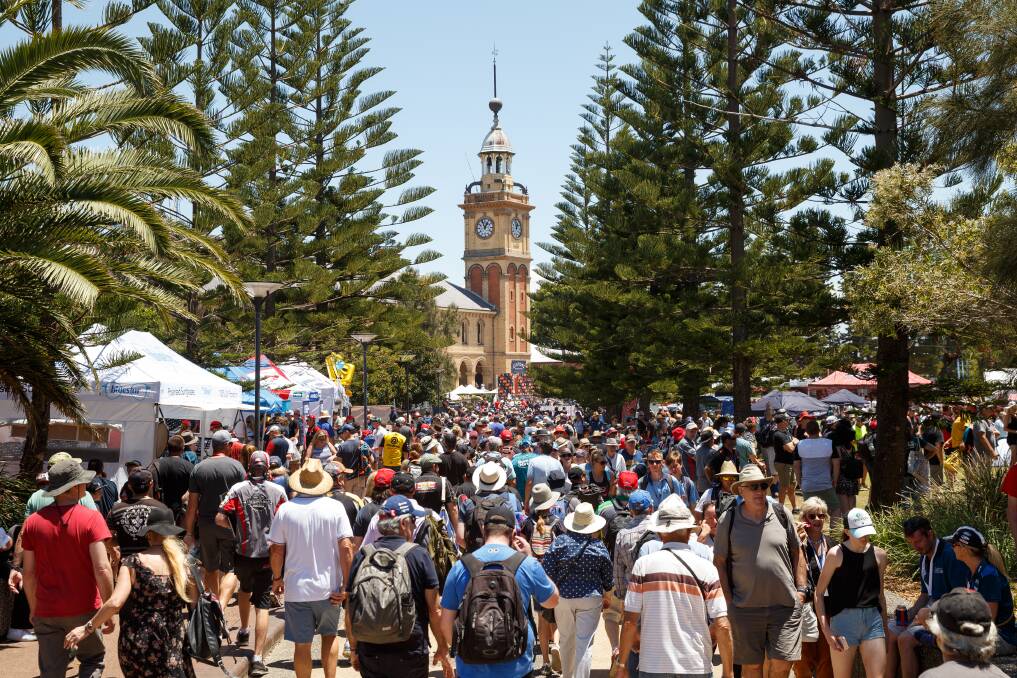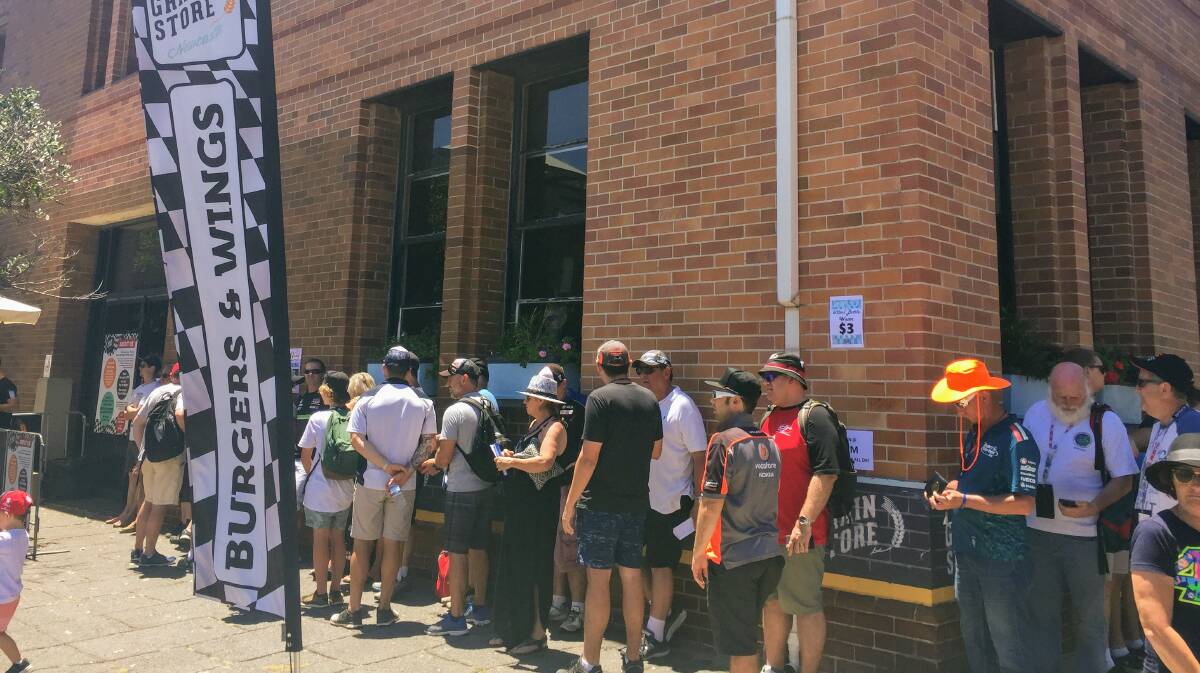
Last year’s Supercars weekend contributed about $30 million to the Newcastle economy, according to a Hunter Research Foundation Centre study commissioned by Newcastle City Council.
Subscribe now for unlimited access.
or signup to continue reading
Lord mayor Nuatali Nelmes said the report’s findings justified the council’s decision to host the race.
The report, which will be made public on Friday, was compiled using mobile phone data, banking records and business transactions.
The council issued a summary of the findings on Thursday which said the economic benefits of the race included $8.94 million in direct expenditure by visitors; $9.71 million in flow-on effects from this spending; $4.97 million in direct local expenditure by Supercars; and $6.5 million in flow-on effects from Supercars’ spending.
“We wanted to host the event to give the city an economic boost, promote it to the world and celebrate Novocastrian pride, and I believe this report provides an emphatic endorsement of that decision,” Cr Nelmes said.
The analysis did not include economic benefits or flow-on effects in neighbouring council areas such as Port Stephens, Lake Macquarie, Maitland and Cessnock.
Nor did it include a pre-race $20 million civil works program in the east end because it said these were scheduled works brought forward by several years.
“This report confirms what many Novocastrians already knew – the inaugural Newcastle 500 was an outright economic success for the city, with $30 million in direct and indirect economic benefits,” Cr Nelmes said in the council statement.
“Almost 83,000 visitors to the city enjoyed themselves in Newcastle East and Cooks Hill over the three days, accounting together with local attendees for the 192,000 figures previously reported. What’s new in this report is the banking data that shows Supercars fans spent up big, with the research demonstrating how the money flowed through the city.”

The study calculated spending based on data from nine Australian banks. It cost $156,000 to compile, including money spent buying access to Telstra and bank data.
The report estimated that overnight visitors to the race spent an average $191 a day each, although this figure did not include accommodation booked “well in advance”.
The study found 22 out of 31 food and drink outlets at the event were from the Newcastle local government area.
HRFC included as part of its analysis the results of a business-impact survey commissioned by Newcastle East Residents Group, which drew 243 responses from businesses inside and outside the event precinct.
The council said a range of people had been interviewed for the study, including opponents of the race.
The report found the event’s caterers had used 15,000 hours of local labour.
“While this research means we can now quantify the economic boost for the city, the advertising benefits from the phenomenal media coverage with regard to long-term tourism are harder to quantify, even though the value of coverage is estimated at $1 million,” Cr Nelmes said.
“Mainstream media, the report notes, recorded an audience of 8,641,042 people and social media posts reached 630,000 users, so the race also brings with it enormous potential for tourism growth at a time when the city has never looked so good.”


